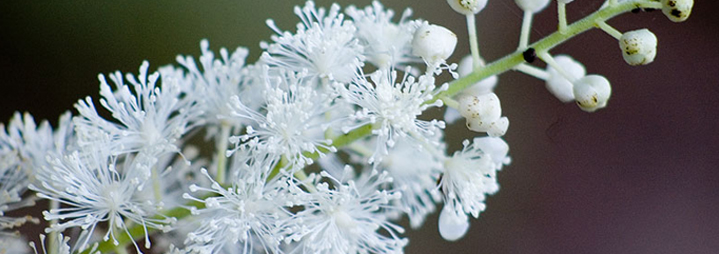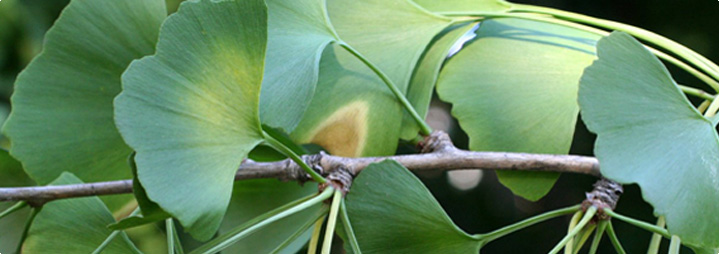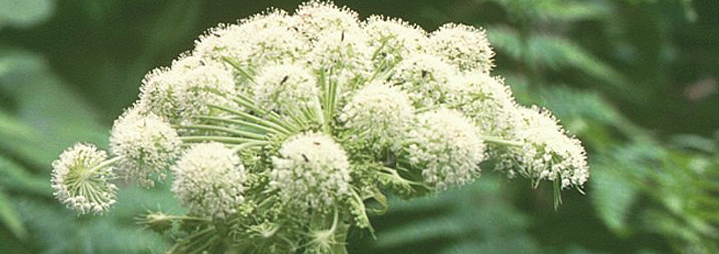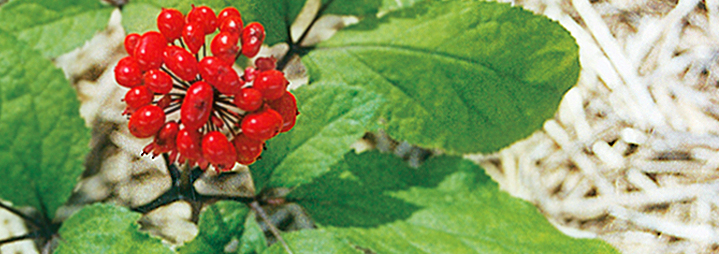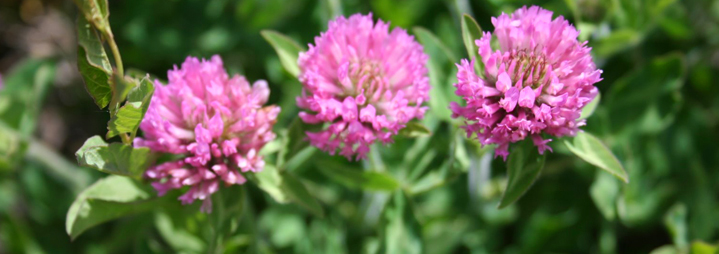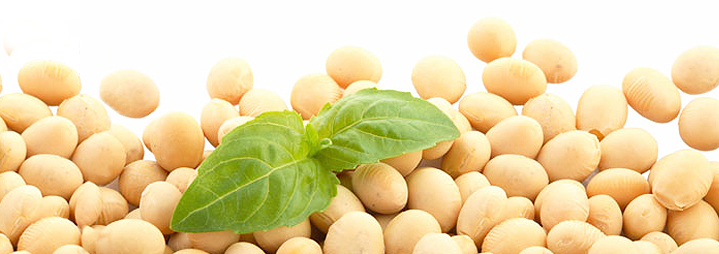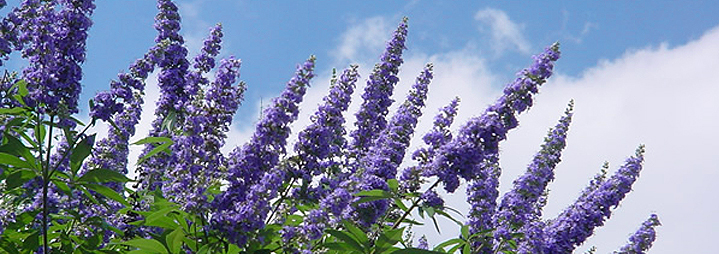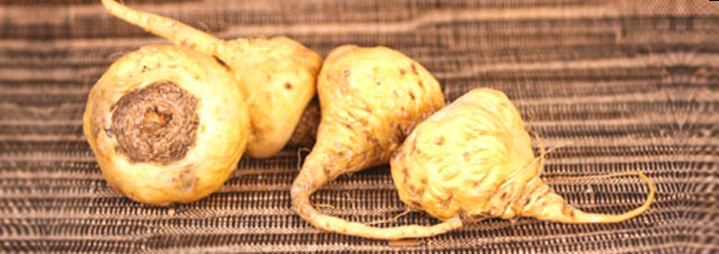Is Too Much Soy Dangerous for My Health?
 You might have heard about soy if you're going through menopause. Soy is an extract from soybean and is considered by many to be a healthy alternative to dairy and meat products. It also has a long history of being used as a remedy for illnesses and ailments, including symptoms of menopause.
You might have heard about soy if you're going through menopause. Soy is an extract from soybean and is considered by many to be a healthy alternative to dairy and meat products. It also has a long history of being used as a remedy for illnesses and ailments, including symptoms of menopause.
However, consuming too much soy can have some pretty nasty side effects. Read on to learn more.
Soy through the ages
Throughout history, soy has been a big part of the culture in many countries. It has long been a major food crop in Asian countries like China, Japan and Korea. However, it was not used in America for food until the 1920s, despite being grown as an industrial product since the 18th Century. Read on to learn more about the uses of soy.
Soy: The Great Healer
When you look at the list of benefits that you may experience from eating soy, it's no wonder that ancient civilizations used it for its health giving properties. Soy contains omega-3 fatty acids which can help combat circulatory problems like varicose veins and high blood pressure.
Soy also contains phytoestrogens, which are similar to estrogen at a molecular level and can mimic the effect estrogen has on a living organism. This can be vital during menopause, as many of your symptoms are caused by fluctuating levels of estrogen in your body. Consuming soy could help to balance out your out of control estrogen levels. However, you should take care not to eat too much soy, as this can have adverse effects. Read on to learn more.
Soy side effects
Despite the much-hyped health benefits, there are some side effects hiding away Soy. One common risk of consuming soy is that you may have a soy allergy. Symptoms of soy allergy include rashes and shortness of breath.
 Another side effect of Soy, more serious, comes from the fact that it is a phytoestrogenic herb, and this can promote growth of breast cancer. Women who have current or past breast cancer should consult their doctor before adding soy to their diet.
Another side effect of Soy, more serious, comes from the fact that it is a phytoestrogenic herb, and this can promote growth of breast cancer. Women who have current or past breast cancer should consult their doctor before adding soy to their diet.
However, there are alternatives to estrogenic herbs, such as Macafem, a non-estrogenic herb that stimulate the hormonal glands to naturally and more efficiently produce body-own hormones, increasing energy levels, stamina, restore hormone balance and reduce stress, and has no known side effects. Click here to learn more about uses of soy.









